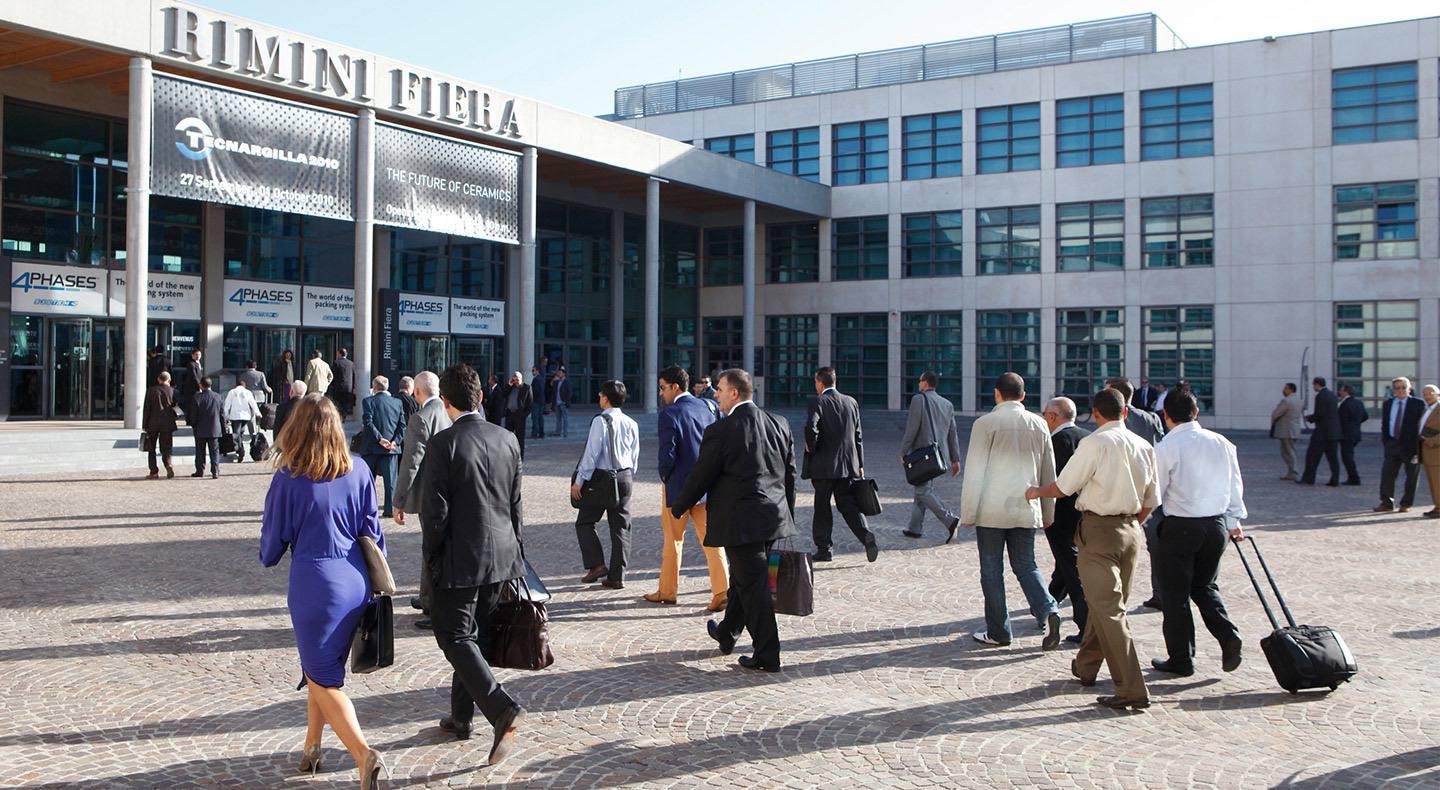A groundbreaking shipping company, Torghatten Nord, has announced that it has signed a contract with Myklebust shipyard in Norway to build the world’s largest hydrogen-powered ship. The 117-meter long ship model is designed to carry 120 vehicles on Norway’s longest ferry route, specializing in operating in the waters of Vestfjordstrekninga Bay located in the Arctic Circle.
Myklebust will connect the towns of Bodø and Lofoten with the new hydrogen-powered ship, and the vehicle will use hydrogen produced in Bodø. The ship is expected to be delivered in 2026 and will be built at Myklebust’s facility in Gursken, south of Ålesund. Construction of the ship will require increased staffing and operations at the shipyard.
This project is significant as it is the first time that passengers will be transported by hydrogen over long distances in harsh conditions. The ship will use green hydrogen as its main fuel for at least 85% of the distance traveled in the Arctic waters. The use of hydrogen as a clean fuel source for maritime transport is a pioneering effort that aims to reduce approximately 26,500 tons of CO2 emissions annually along the route.
The world’s largest hydrogen vessel will boost maritime traffic by connecting Bodø, Røst, Værøy, and Moskenes along the 278km Vestfjordstrekninga ferry route. This project involves collaboration between Torghatten Nord, Myklebust Verft shipyard, SEAM system, GreenH supplier and many other suppliers who have contributed their expertise in design technology and equipment development to ensure efficient operation. In addition to working closely with Norwegian Maritime Steering Committee to establish safety standards for this new class of ships, this project also involves many suppliers contributing their efforts towards its success.
Overall, this project represents a significant milestone for sustainable maritime transport and highlights how innovative solutions can help reduce our carbon footprint while improving our quality of life.


:quality(75)/cloudfront-us-east-1.images.arcpublishing.com/elcomercio/R26QUFJPJ5G4POHMHORLUS76HQ.jpg)